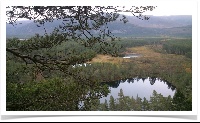News
-
- updated Jan 29, 2016
- view change
-
- updated Jan 18, 2016
- view change
-
- created Nov 03, 2015
-
- updated Jun 04, 2015
- view change
-
- updated Jun 04, 2015
- view change
-
- updated Jun 03, 2015
- view change
-
- created Jun 02, 2015
-
- created Jun 01, 2015
-
- created Jun 01, 2015

